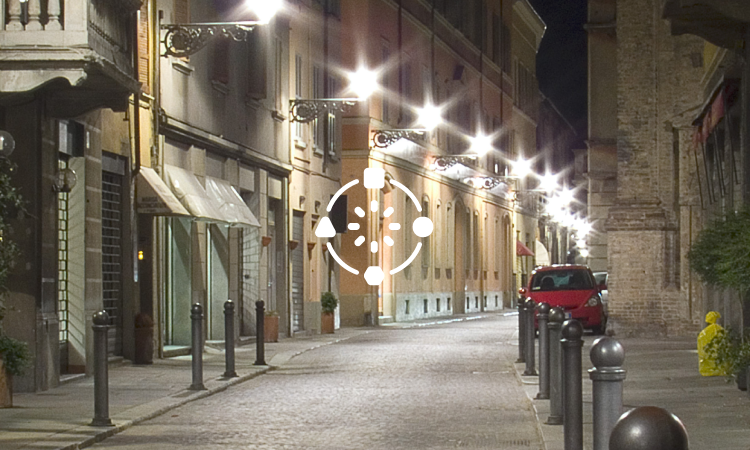Street lighting is a defining characteristic of the modern city, shaping not just safety and comfort but also the cultural and social life of urban spaces. Vibrantly lit streets invite people to engage in nighttime activities, from leisurely walks to dining, shopping, and socializing. A well-illuminated urban environment stimulates economic activity, drawing patrons to local businesses and contributing to the vitality of city life.4
Public parks, plazas, and green spaces that incorporate thoughtful lighting design become focal points for community gatherings. These spaces, when adequately lit, offer opportunities for recreation, socialization, and relaxation well into the evening hours. For many residents, particularly those with daytime commitments, the evening is the only time to engage in outdoor activities. Therefore, lighting plays a critical role in fostering social cohesion and encouraging a healthy, active lifestyle.

